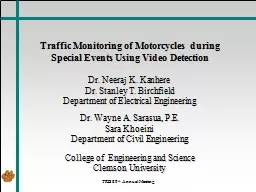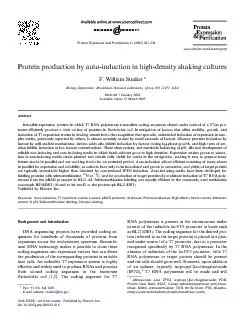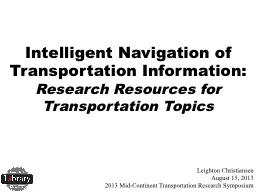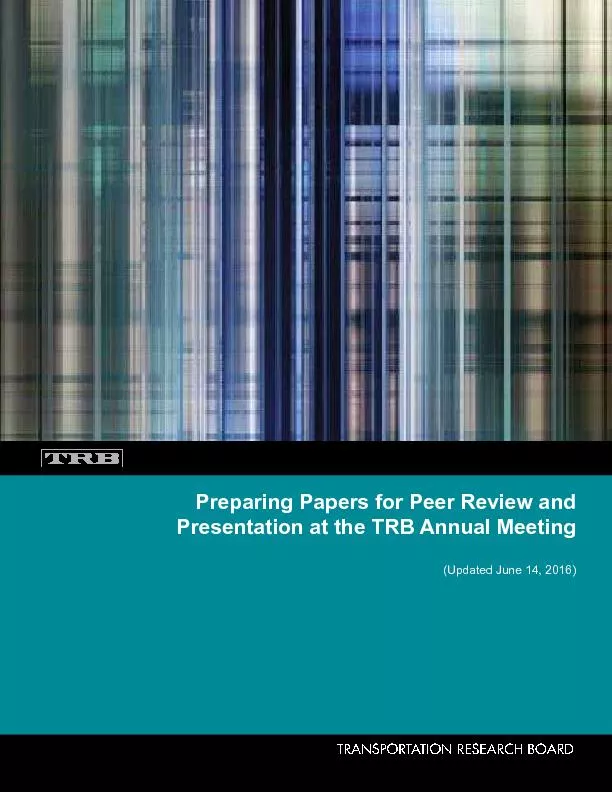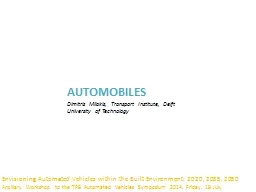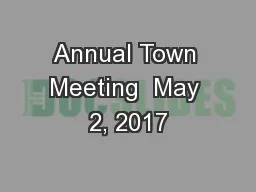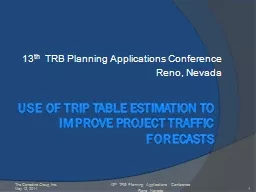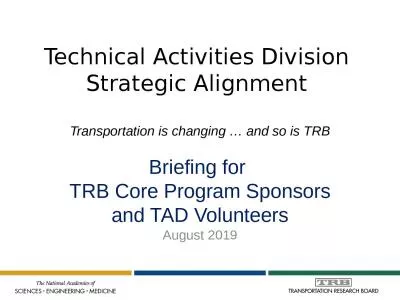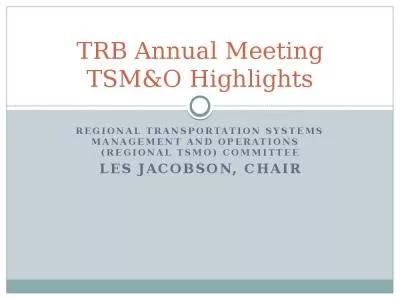PPT-TRB 89 th Annual Meeting
Author : marina-yarberry | Published Date : 2018-03-13
Traffic Monitoring of Motorcycles during Special Events Using Video Detection Dr Neeraj K Kanhere Dr Stanley T Birchfield Department of Electrical Engineering
Presentation Embed Code
Download Presentation
Download Presentation The PPT/PDF document "TRB 89 th Annual Meeting" is the property of its rightful owner. Permission is granted to download and print the materials on this website for personal, non-commercial use only, and to display it on your personal computer provided you do not modify the materials and that you retain all copyright notices contained in the materials. By downloading content from our website, you accept the terms of this agreement.
TRB 89 th Annual Meeting: Transcript
Download Rules Of Document
"TRB 89 th Annual Meeting"The content belongs to its owner. You may download and print it for personal use, without modification, and keep all copyright notices. By downloading, you agree to these terms.
Related Documents

